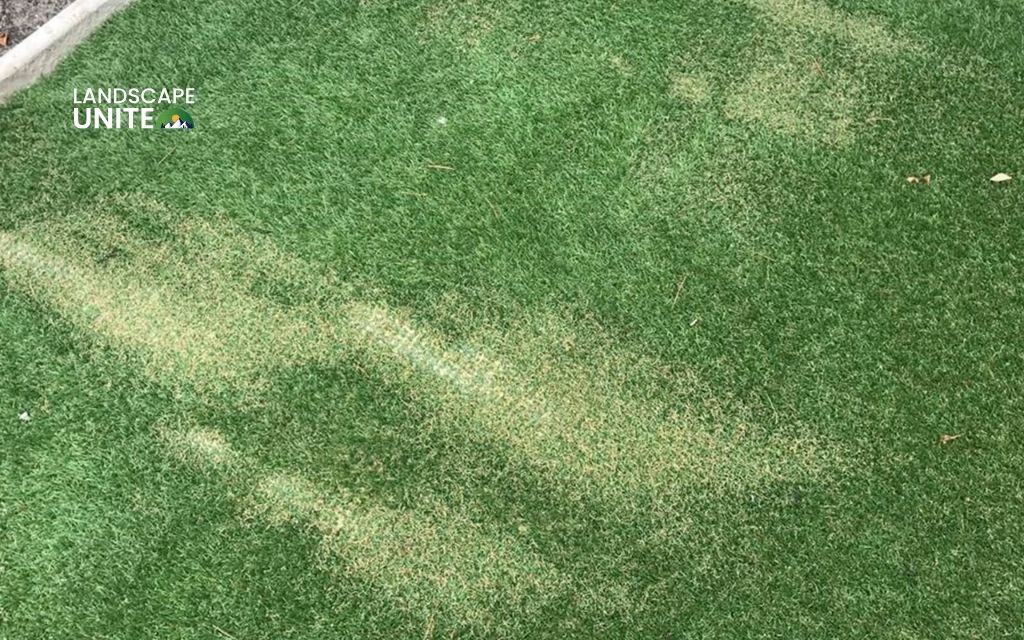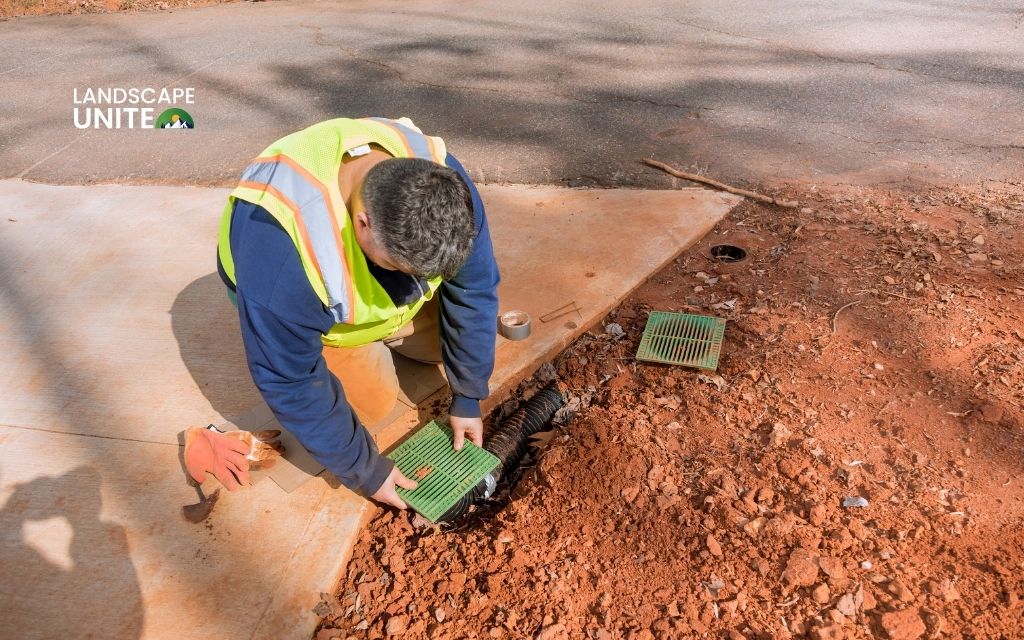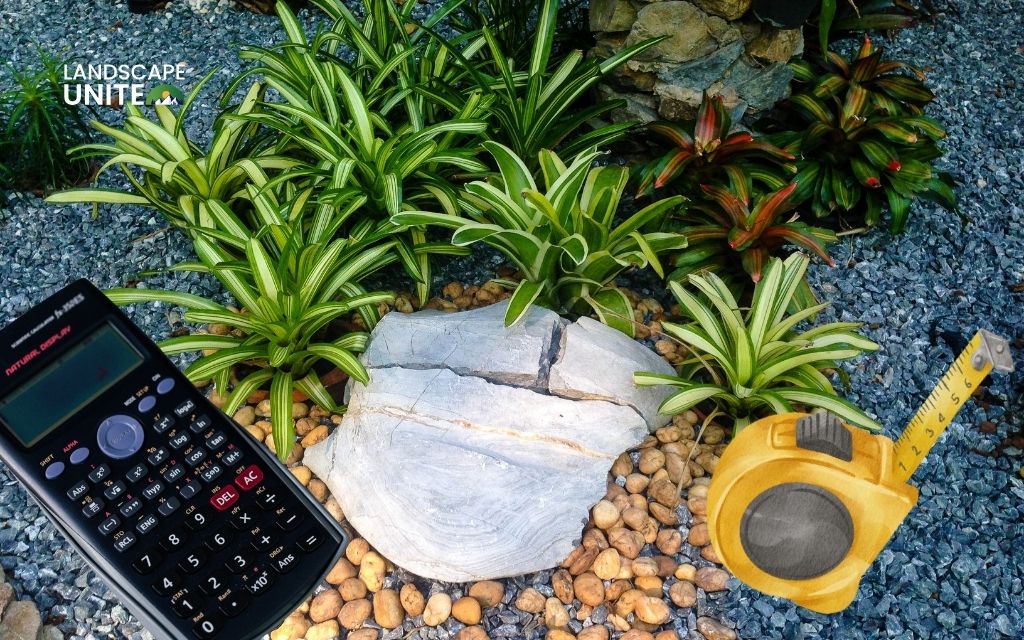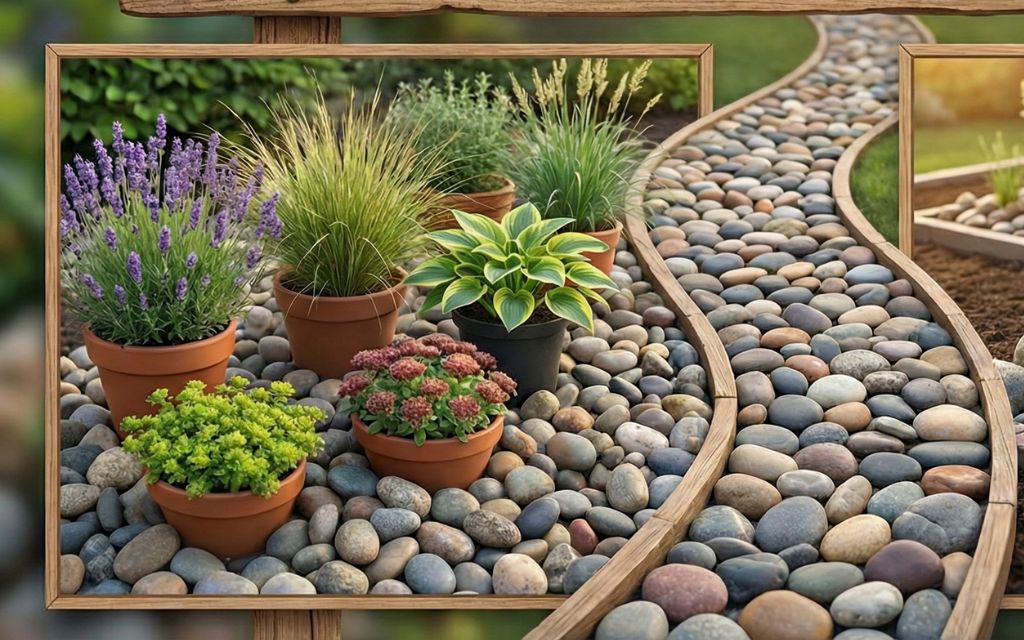Installing artificial grass without proper drainage is like building a house without a foundation – it’s destined for problems. Whether you’re a homeowner looking to transform your backyard or a contractor seeking technical specifications, understanding what materials to place under your synthetic turf for optimal drainage is crucial for a successful, long-lasting installation.
Proper drainage isn’t just about preventing puddles; it’s about protecting your investment, and ensuring your artificial grass looks pristine for years to come.
So, what to put under artificial grass for drainage? In this comprehensive guide, we’ll walk you through everything you need to know about creating an effective drainage system beneath your artificial turf.
Why drainage matters for artificial grass
Before diving into specific materials and installation techniques, let’s establish why drainage should be your top priority when planning an artificial grass project.
Prevent water pooling
Effective drainage ensures water doesn’t accumulate on the surface, which can lead to serious drainage issues, unpleasant odors, and premature turf deterioration.
Standing water creates an environment where bacteria and mold can thrive, compromising both the appearance and safety of your synthetic lawn.

Lifespan of turf
Quality drainage systems help prevent damage to the turf backing and individual grass fibers, significantly extending the lifespan of your investment. Without proper water management, the adhesive bonds in artificial grass can weaken, leading to fiber loss and backing deterioration.
Eco-Friendly solution
A well-designed drainage system reduces water waste by ensuring rainwater properly filters through the system rather than creating surface runoff. This approach supports natural groundwater recharge while preventing erosion and water waste.
What to put under artificial grass for drainage
Creating an effective drainage system requires selecting the right combination of materials. Each component serves a specific purpose in managing water flow and providing structural support.
1. Crushed stone or gravel
Crushed stone or gravel forms the foundation of most artificial grass drainage systems.
This coarse aggregate material provides excellent water permeability while creating a stable base for your synthetic turf installation. The angular shape and varied sizes of crushed stone create numerous pathways for water to flow freely through the surface and into the ground below.
Simultaneously, this material compacts to form a solid, stable foundation that prevents settling and maintains a level surface. The most effective sizes range from ¼-inch to ¾-inch diameter pieces.
2. Decomposed granite (DG)
Decomposed granite is finely crushed granite that compacts well while maintaining excellent drainage capabilities. This material bridges the gap between coarse aggregate and fine finishing materials.
When properly installed and compacted, it creates a smooth, level base that prevents the artificial grass from developing wrinkles or uneven areas. The fine particles fill gaps between larger aggregates, creating optimal drainage efficiency.

3. Sand
Sand serves multiple purposes in artificial grass installations, functioning both as an infill material within the grass fibers and as a component of the base drainage system. The type of sand matters significantly – avoid fine sand that can create drainage problems.
Coarse sand or concrete sand provides excellent permeability, allowing water to filter efficiently through the grass and into the ground below.
When used in the base layer, sand helps create a smooth transition between coarser materials and the artificial grass, preventing fiber damage and ensuring proper drainage flow.
4. Geotextile fabric
Geotextile fabric is an engineered permeable material designed to separate different layers while allowing water passage. This synthetic fabric acts as a barrier against weeds while maintaining drainage functionality.
This fabric performs multiple critical functions: it prevents the migration of fine particles between layers, blocks weed growth without impeding water flow, and provides additional structural stability to the entire drainage system.
High-quality geotextile fabric can extend the life of your installation by maintaining layer separation and preventing contamination.
Guide to installing a drainage system under artificial grass
Proper installation is just as important as selecting the right materials. Follow this detailed process to ensure optimal drainage performance.
Step 1: Prepare the ground
- Clear the area: Begin by removing all existing natural grass, weeds, roots, and debris from the installation area. This step is crucial because organic matter left behind can decompose and create soft spots or drainage problems. Use a sod cutter for large areas or hand tools for smaller spaces.
- Level the soil: Create a level surface with a slight slope of 1-2% away from structures to encourage proper water runoff. This gradient is subtle but essential – it should drop approximately 1-2 inches for every 100 inches of length. Use a transit level or string line to ensure accuracy.
Step 2: Lay a base layer
- Crushed stone or gravel: Apply 2-3 inches of crushed stone or gravel evenly across the prepared soil surface. Use a plate compactor to compress this layer, working in overlapping passes to ensure uniform compaction.
- Decomposed granite: Add a 1-2 inch layer of decomposed granite over the compacted gravel. This finer material helps create a smooth transition and fills any remaining gaps in the coarser aggregate below. Compact this layer as well, but avoid over-compaction that could reduce drainage efficiency.
- Check for drainage: Test your slope and drainage effectiveness by applying water to various areas and observing flow patterns. Water should move steadily across the surface without pooling or creating erosion channels.
Step 3: Install geotextile fabric
- Lay the fabric: Roll out geotextile fabric over the entire prepared base layer, ensuring complete coverage with minimal overlaps. Overlap seams by 6 inches and avoid stretching the fabric, which can reduce its effectiveness.
- Secure the edges: Use landscape staples spaced every 3-4 feet along the edges and seams to secure the fabric in place. Pay special attention to areas where the fabric might shift during the next installation steps.
Step 4: Add sand (optional)
- Optional step: Depending on your specific installation requirements, you may add a thin layer (½ inch) of coarse sand over the geotextile fabric. This step is beneficial for installations requiring extra smoothness or additional drainage enhancement.
- Compact the sand: Lightly compact the sand layer using hand tampers or a lightweight compactor. The goal is to create a smooth, stable surface without over-compacting and reducing drainage efficiency.
Step 5: Install artificial grass
- Roll out the turf: Carefully lay your artificial grass over the prepared drainage base, ensuring proper alignment and minimal waste. Allow the grass to acclimate to temperature for at least 30 minutes before making final adjustments.
- Secure the turf: Use fastening methods such as turf adhesive for permanent installations or landscape staples for removable applications. Secure edges every 6-8 inches to prevent shifting and maintain proper drainage alignment.
- Add Infill (optional): For enhanced stability and improved drainage, consider adding appropriate infill materials such as silica sand or specialized synthetic infill. Apply infill evenly and brush it into the grass fibers using a stiff broom.

Conclusion
Creating proper drainage under artificial grass is fundamental to achieving a successful, long-lasting installation. The combination of crushed stone, decomposed granite, geotextile fabric, and optional sand creates a multi-layered system that effectively manages water while providing structural stability.
With the right drainage foundation and proper installation techniques, your synthetic turf will deliver years of reliable performance, maintaining its appearance and functionality regardless of weather conditions.
Ready to transform your landscape with artificial grass?
Browse through our detailed landscaping guides to find professional solutions for all your artificial turf needs in our comprehensive landscape resource collection.
Frequently asked questions (FAQs)
What happens if artificial grass doesn’t have proper drainage?
Without adequate drainage, artificial grass installations suffer from water pooling, mold growth, unpleasant odors, premature turf deterioration, and unstable surfaces. These problems can make the grass unusable and significantly reduce its lifespan.
What is the cheapest sub-base for artificial grass?
The most cost-effective sub-base typically consists of locally sourced crushed stone or gravel combined with a thin layer of sand. However, investing in quality materials like decomposed granite and geotextile fabric provides better long-term value through improved performance and durability.
How do I fix pooling water on artificial grass?
Address pooling water by improving the drainage system beneath the grass. This may involve adding drainage channels, improving the base slope, or in severe cases, removing and reinstalling sections with proper drainage materials.
Do I need to replace the base if I want to improve drainage?
The extent of base replacement depends on the current system’s condition. Minor drainage issues might be resolved by adding drainage channels or improving surface grading, while major problems typically require complete base reconstruction.
Can I use sharp sand under artificial grass?
Sharp sand (angular sand) can be used in artificial grass installations and often provides better compaction and drainage than rounded sand. However, ensure it’s properly graded and won’t create drainage bottlenecks in your specific soil conditions.


